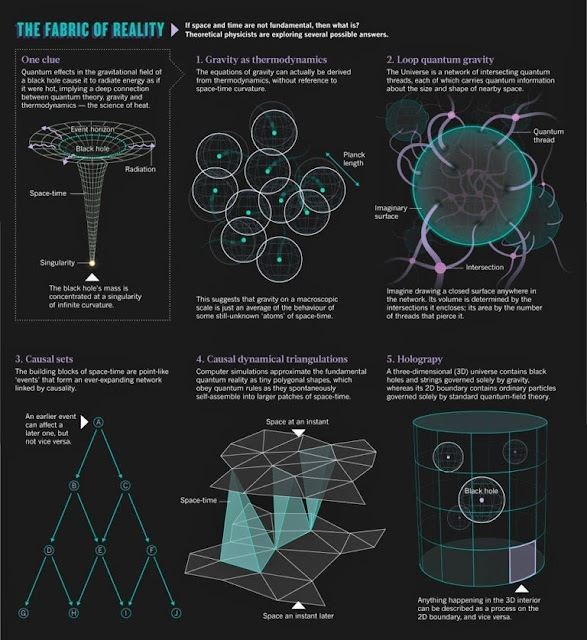Second part of BIG BANG Timeline
The earliest phases of the Big Bang are subject to much speculation. In the most common models the universe was filled homogeneously and isotropically with a very high energy density and huge temperatures and pressures and was very rapidly expanding and cooling. Approximately 10−37 seconds into the expansion, a phase transition caused a cosmic inflation, during which the universe grew exponentially during which time density fluctuations that occurred because of the uncertainty principle were amplified into the seeds that would later form the large-scale structure of the universe. After inflation stopped, reheating occurred until the universe obtained the temperatures required for the production of a quark–gluon plasma as well as all other elementary particles.Temperatures were so high that the random motions of particles were at relativistic speeds, and particle–antiparticle pairs of all kinds were being continuously created and destroyed in collisions.At some point, an unknown reaction called baryogenesis violated the conservation of baryon number, leading to a very small excess of quarks and leptons over antiquarks and antileptons—of the order of one part in 30 million. This resulted in the predominance of matter over antimatter in the present universe.




Comments
Post a Comment